
Touch Screen Kiosk Display HardwareDisplay Technology:Screen Sizes: Available in various sizes such as 19", 22", 32", 42", and 55", suitable for different applications. Touch Technology: Utilizes capacitive, resistive, infrared, or Surface Acoustic Wave (SAW) touch technologies for precise and responsive interaction. Resolution: High-definition displays ranging from 1080p (1920x1080) to 4K (3840x2160), providing clear and vibrant visuals. Brightness: Adjustable brightness levels, typically between 300-700 nits, ensuring visibility in various lighting conditions. Multi-Touch Points: Supports multiple touch points (2-20), enhancing user interactivity and experience. Durability: Scratch-resistant and anti-glare coatings, with options for weatherproof and vandal-resistant enclosures for outdoor use. Internal Hardware:Processors: Equipped with powerful processors such as Intel i3/i5/i7 or ARM, ensuring smooth and efficient performance. Memory and Storage: RAM options ranging from 4GB to 16GB and SSD storage options of 64GB, 128GB, or 256GB for fast and reliable data handling. Connectivity: Comprehensive options including Wi-Fi, Ethernet, and Bluetooth, ensuring seamless integration and communication. Ports: Multiple ports such as USB, HDMI, VGA, RS232, and audio, supporting a range of peripheral devices like printers, card readers, barcode scanners, cameras, and speakers. Power Supply:Voltage: Designed to operate on 100-240V AC, 50/60Hz, with energy-efficient components for sustainable operation. | Touch Screen Kiosk display SoftwareOperating Systems:Compatibility: Runs on Windows, Linux, or Android operating systems, offering flexibility in software applications and customization. User Interface:Customization: Tailored to specific business needs with customizable layouts and functionalities. Multilingual Support: Supports multiple languages, making it accessible to a diverse user base. Ease of Use: Intuitive and user-friendly design, ensuring a seamless user experience. Applications:Service Functions: Facilitates a range of applications such as payment processing, information display, ticketing, and wayfinding. Integration: Seamlessly integrates with existing business systems like CRM, ERP, and POS, streamlining operations. Remote Management: Capabilities for remote monitoring, updates, and maintenance, ensuring the kiosk is always up-to-date and functioning optimally. Security:Data Protection: Features robust security measures including data encryption and secure payment processing. User Authentication: Supports various authentication methods to ensure secure access and transactions. Analytics and Data Collection:User Interaction Data: Collects valuable data on user interactions, providing insights into customer behavior and preferences. Real-Time Analytics: Offers real-time analytics for businesses to monitor performance and make informed decisions. |
Screen Sizes: Available in 19", 22", 32", 42", and 55" options.
Touch Technology: Capacitive, resistive, infrared, or Surface Acoustic Wave (SAW).
Resolution: High-definition from 1080p (1920x1080) to 4K (3840x2160).
Brightness: Adjustable levels between 300-700 nits.
Multi-Touch Points: Supports 2-20 touch points.
Durability: Scratch-resistant and anti-glare coatings.
Weatherproof and Vandal-Resistant: Options available for outdoor use.
Connectivity: Includes Wi-Fi, Ethernet, Bluetooth, and multiple ports like USB, HDMI, and VGA.
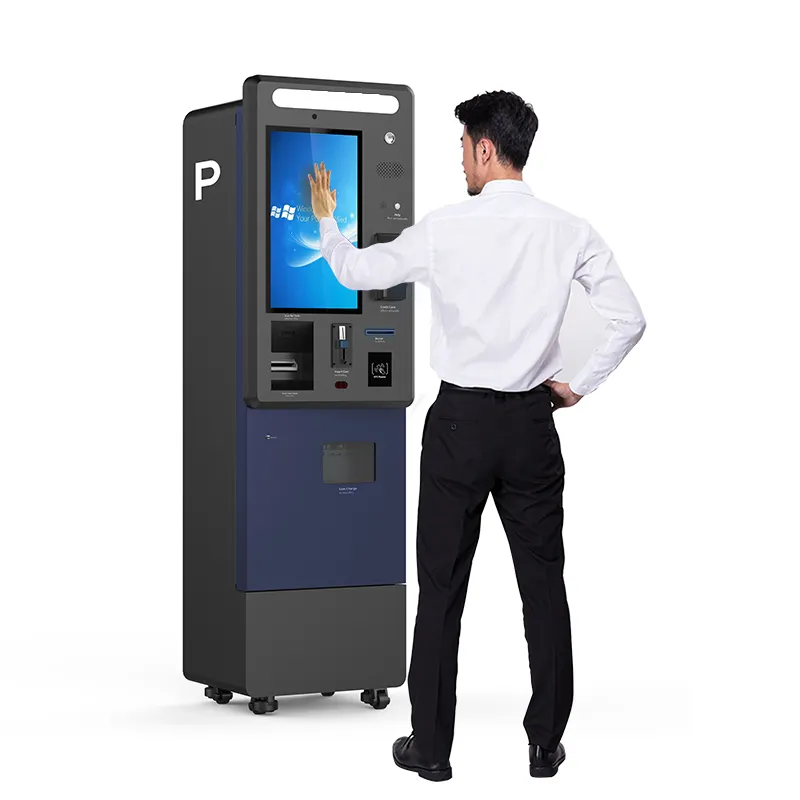
1. User Interaction: The user touches the screen, and the touch technology detects the input.
2. Touch Detection: Sensors register the touch location and send data to the processor.
3. Data Processing: The processor interprets the touch coordinates as a specific command.
4. Command Execution: The software executes the command, such as opening an application.
5. Visual Feedback: The screen provides visual feedback, confirming the touch input.
6. Continuous Operation: The kiosk remains ready to detect and respond to new touch inputs continuously.
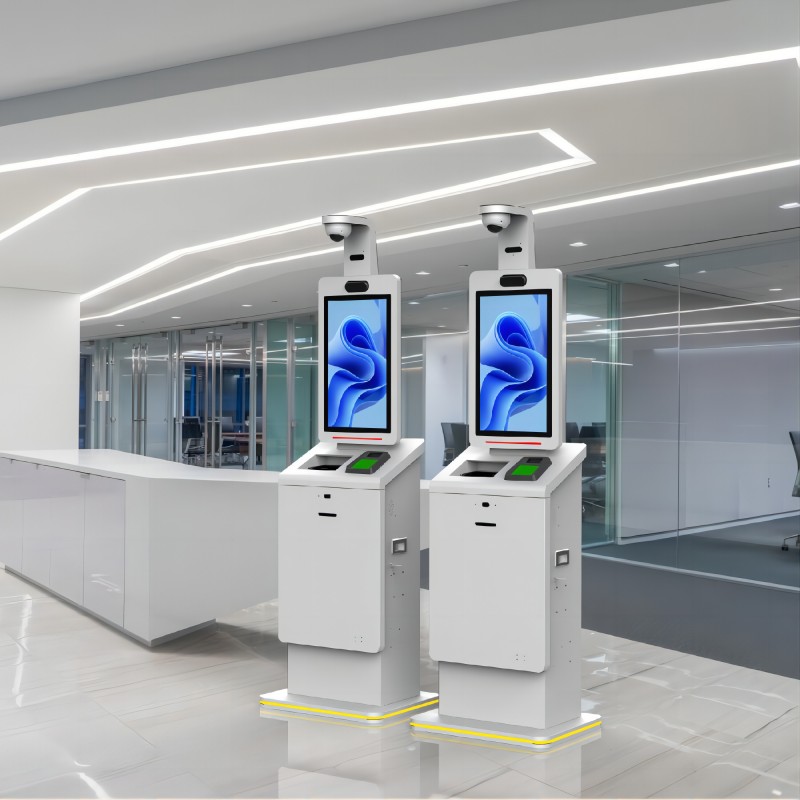
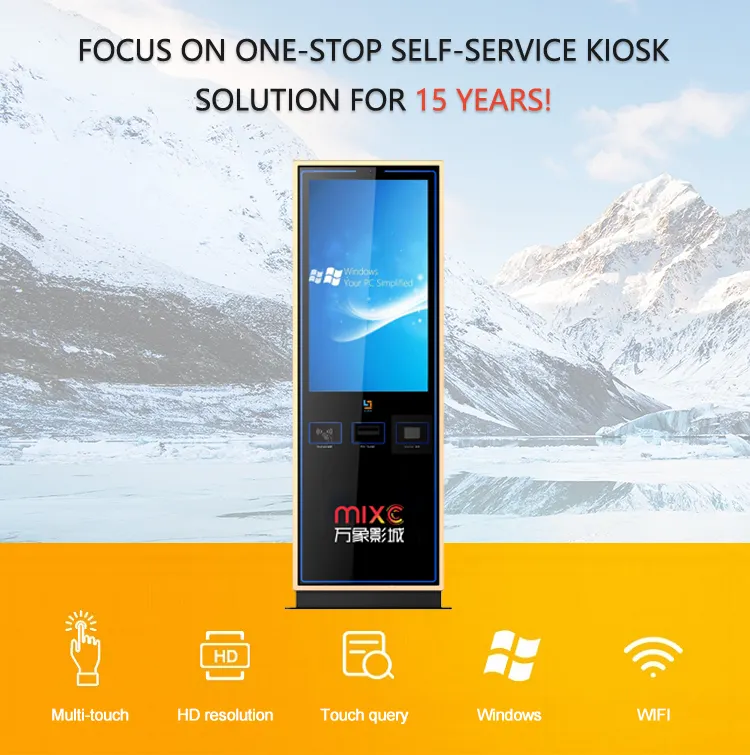
Enhanced User Experience: Provides an intuitive and interactive interface that simplifies navigation and use.
Increased Efficiency: Automates routine tasks, reducing wait times and improving service speed.
24/7 Availability: Offers continuous service, allowing users to access information and services anytime.
Cost Savings: Reduces the need for additional staff, lowering operational costs.
Data Collection: Captures user interaction data, providing valuable insights for business analysis and improvement.
Versatility: Adaptable to various applications and environments, from retail to healthcare to transportation.
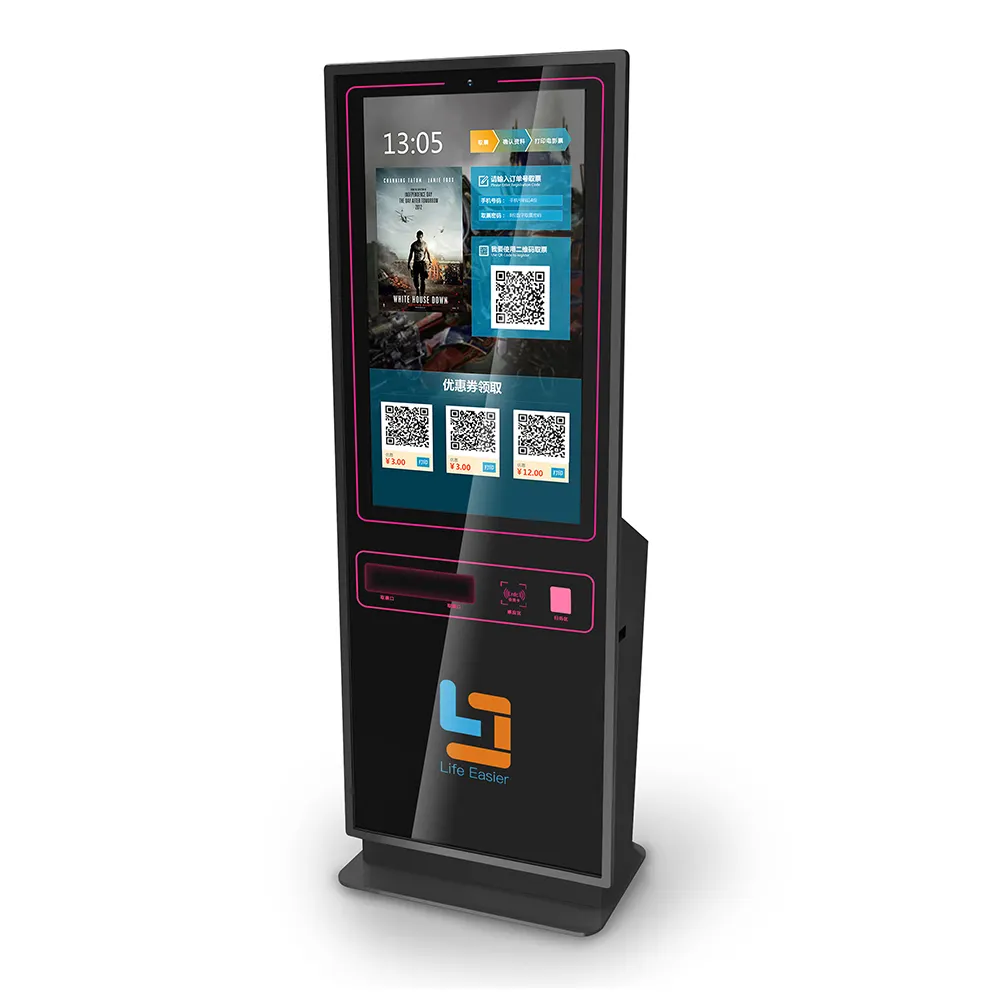
1. Screen Size: Choose from various screen sizes, such as 19", 22", 32", 42", and 55", to fit different use cases and environments.
2. Touch Technology: Select between capacitive, resistive, infrared, or Surface Acoustic Wave (SAW) technologies based on sensitivity and application needs.
3. Resolution: Opt for different resolutions, from standard HD (1080p) to ultra HD (4K), to ensure clarity and detail.
4. Enclosure Design: Customize the kiosk’s exterior design, including color, branding, and materials, to match your brand and aesthetic preferences.
5. Peripherals: Integrate additional hardware such as printers, card readers, barcode scanners, cameras, and speakers to expand functionality.
6. Software Interface: Tailor the user interface to your specific needs, including layout, navigation, and branding elements, ensuring a seamless user experience.
7. Connectivity Options: Choose from various connectivity options, including Wi-Fi, Ethernet, and Bluetooth, to ensure reliable and versatile networking capabilities.
8. Environmental Adaptations: Customize for specific environments with weatherproofing, anti-glare screens, and vandal-resistant enclosures for outdoor or high-traffic areas.
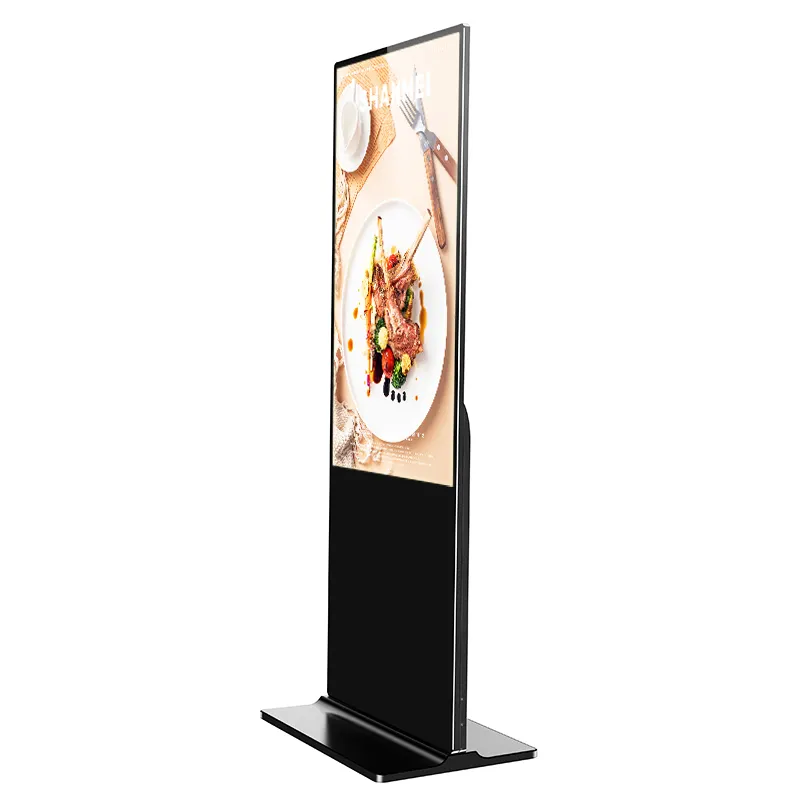
Intended Use and Environment: Determine the kiosk's purpose (e.g., information, transaction) and where it will be used (indoor or outdoor), as this influences durability and design requirements.
Screen Size and Resolution: Choose the appropriate screen size and resolution based on the content to be displayed and the viewing distance, ensuring clarity and effectiveness.
Touch Technology: Select the most suitable touch technology (capacitive, resistive, infrared, or SAW) depending on the desired sensitivity, accuracy, and application context.
Durability and Build Quality: Ensure the kiosk is built with durable materials, featuring scratch-resistant, anti-glare coatings, and, if necessary, weatherproof and vandal-resistant properties.
Customization Options: Consider the level of customization available for the kiosk, including enclosure design, software interface, and peripheral integration to meet specific business needs.
Connectivity and Integration: Verify the connectivity options (Wi-Fi, Ethernet, Bluetooth) and ensure the kiosk can integrate seamlessly with existing systems and infrastructure.
Total Cost of Ownership: Assess the overall cost, including initial purchase, installation, maintenance, and potential upgrades, ensuring it fits within your budget and provides a good return on investment.
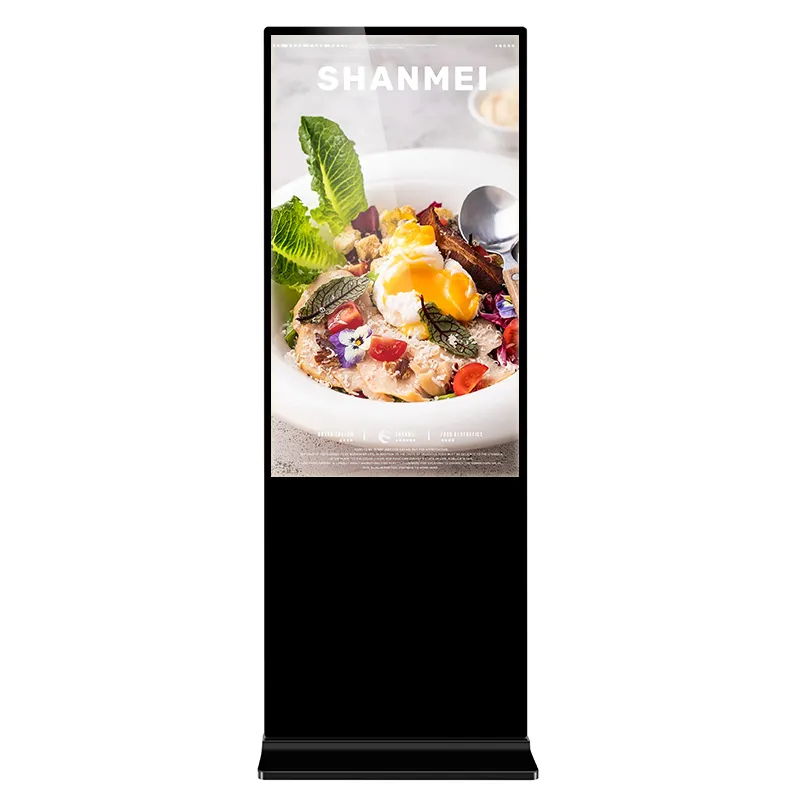
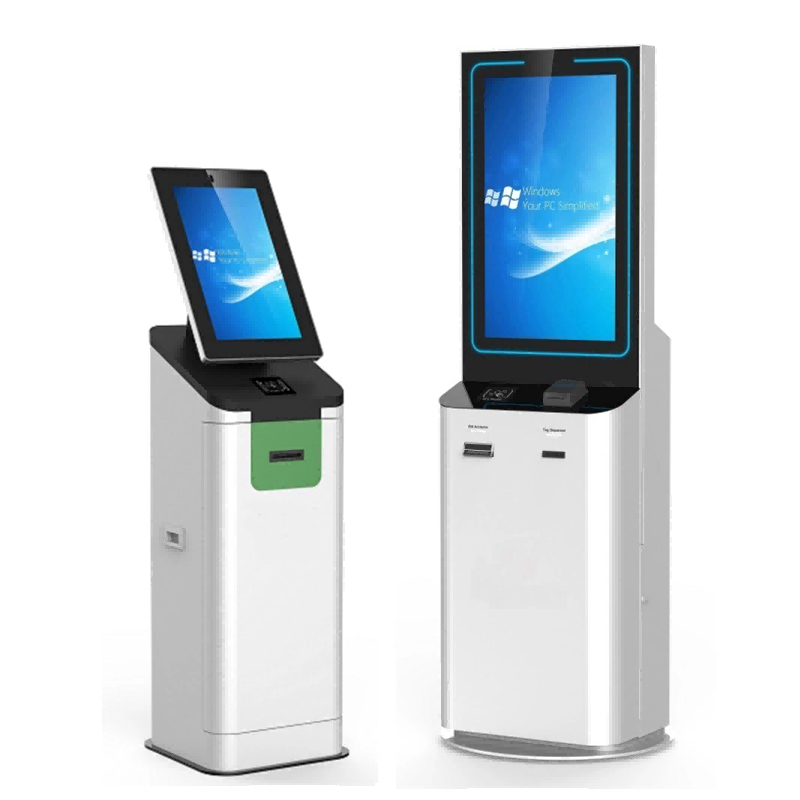
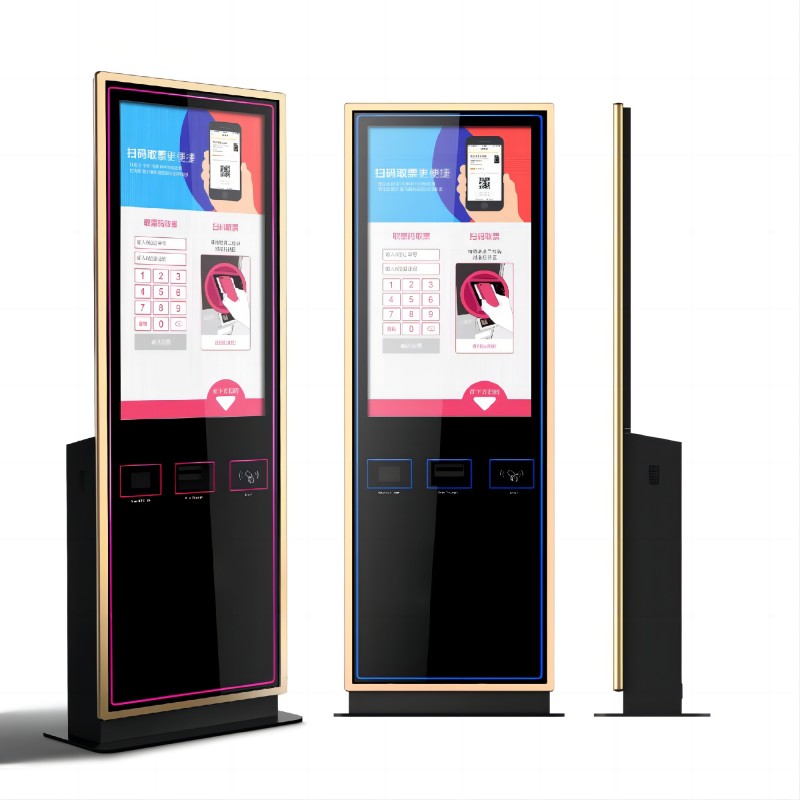
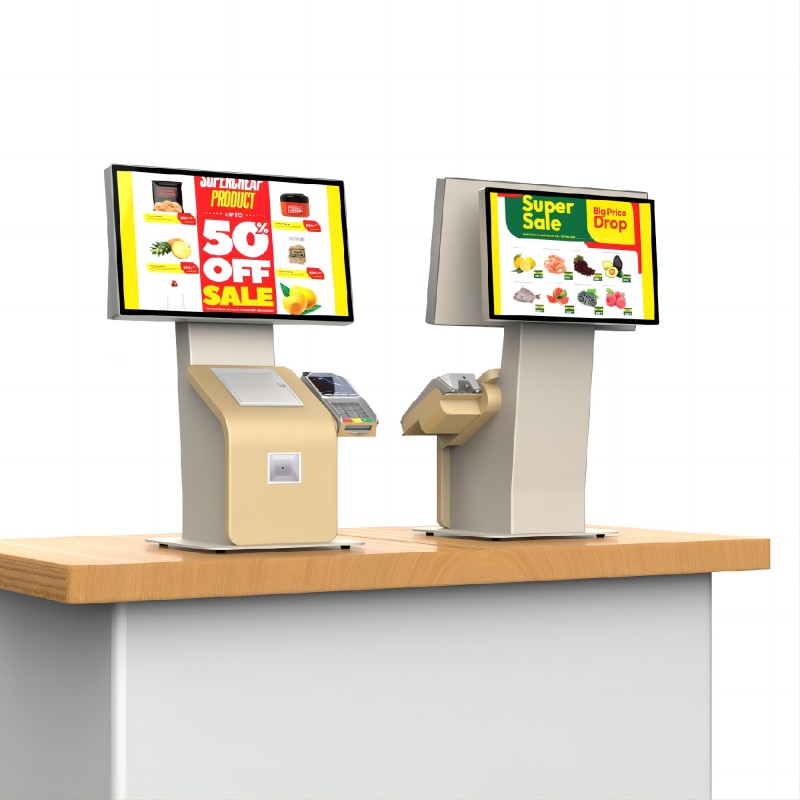
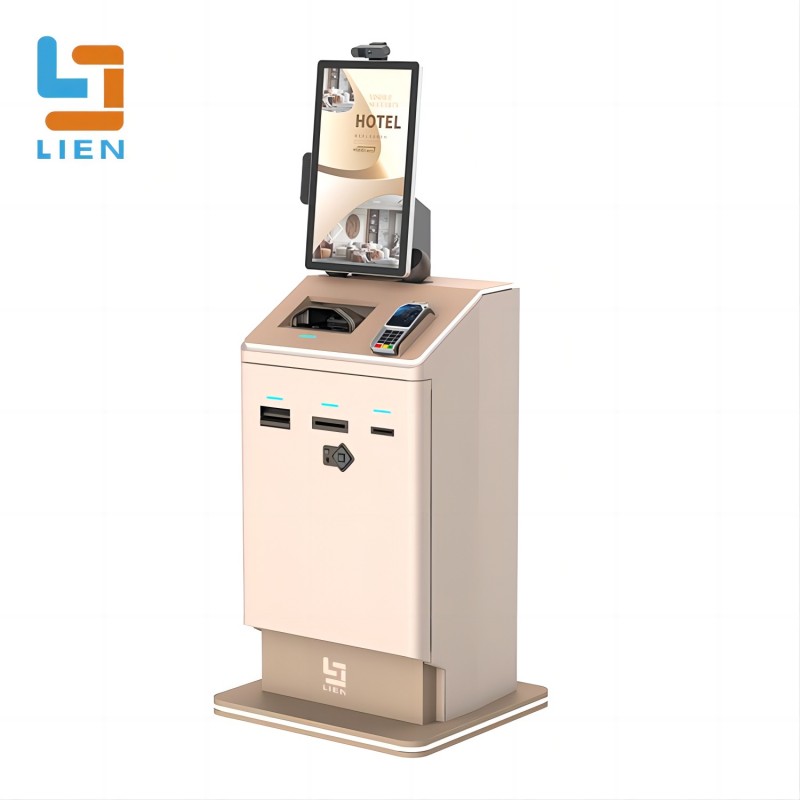
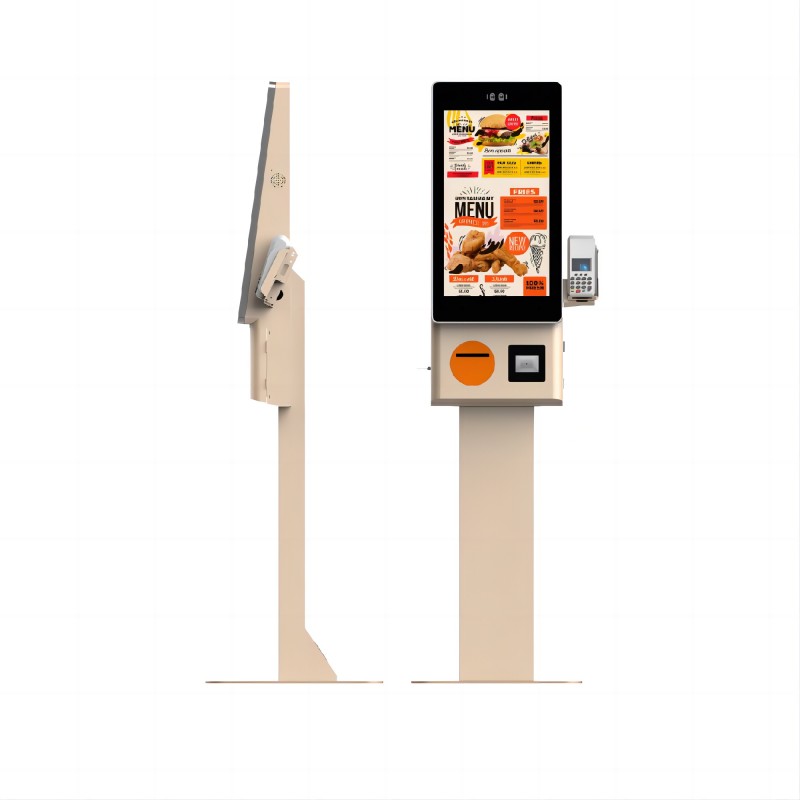
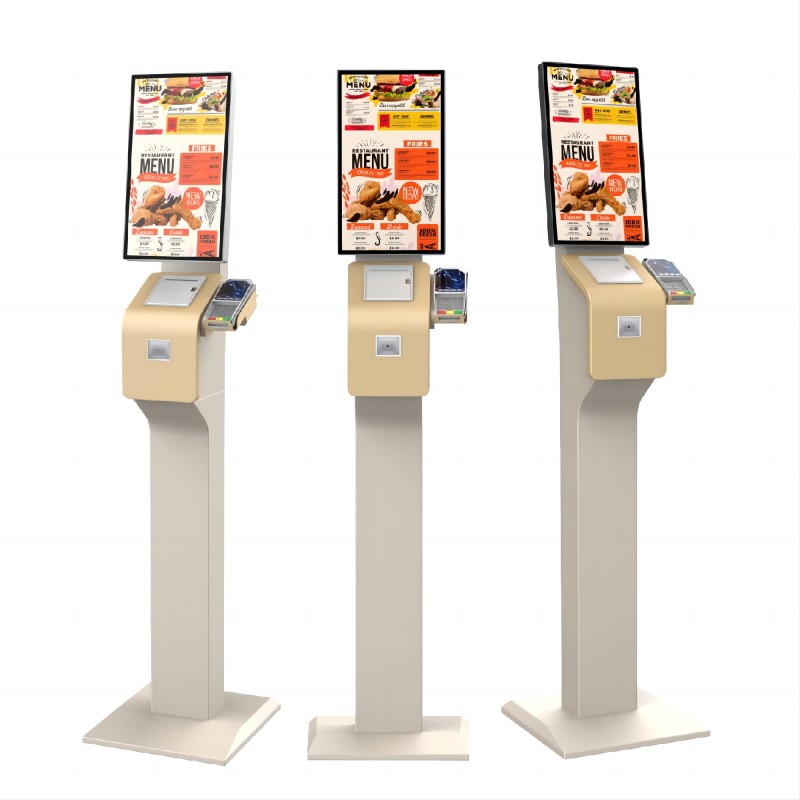
What did our happy clients say?
Intuitive Interface: The touch screen kiosk display offers an incredibly intuitive interface, making it easy for our customers to navigate and find the information they need. We're thrilled with how user-friendly it is. Thank you!
High-Resolution Display: The high-resolution display on this touch screen kiosk is outstanding, providing clear and vibrant visuals. It has significantly improved our customer engagement. Very satisfied with the quality. Thanks!
Durable and Robust: This touch screen kiosk display is built to last. Its durable and robust design withstands heavy usage in our busy environment. We're very impressed with its reliability. Thank you for a fantastic product!
Seamless Connectivity: The seamless connectivity options, including Wi-Fi and Ethernet, have made integrating this touch screen kiosk into our existing systems a breeze. It's been a valuable addition to our operations. Thanks!